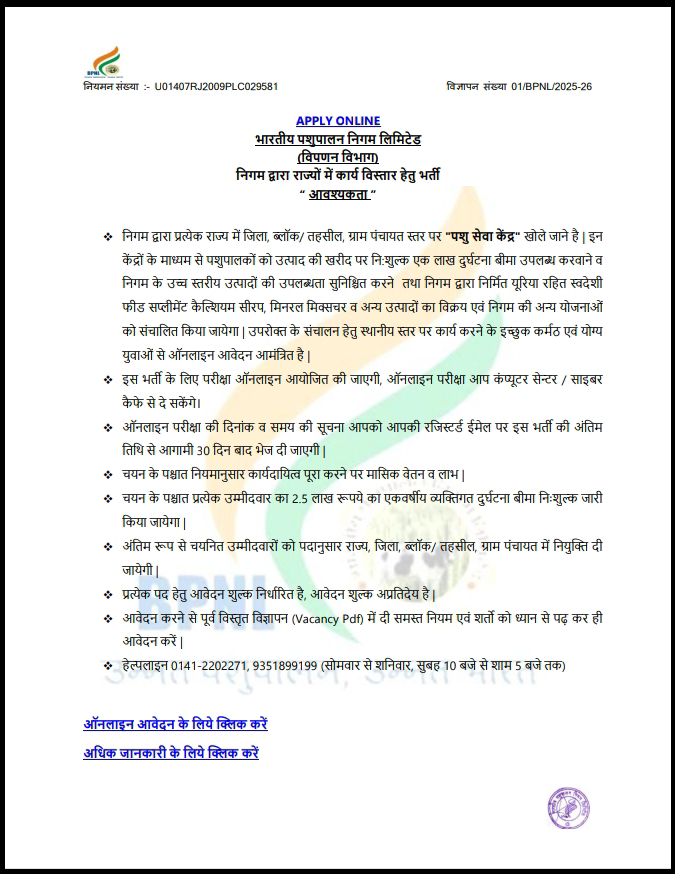India is divided into 15 agro-climatic zones, each with unique features and characteristics. These zones are determined by factors such as soil type, climate, temperature, rainfall, and crop suitability.
Key Features of India's Agro-Climatic Zones
- Western Himalayan Region: Characterized by temperate to sub-alpine climate, cold winters, and hilly terrain. Suitable for crops like apples, walnuts, and wheat.
- Eastern Himalayan Region: Features high rainfall, humid subtropical to alpine climate, and hilly terrain with heavy forest cover. Ideal for crops like rice, maize, tea, and jute.
- Lower Gangetic Plains Region: Has tropical humid climate, fertile alluvial soils, and flat plains. Main crops include rice, jute, sugarcane, and potato.
- Middle Gangetic Plains Region: Enjoys sub-humid climate, moderate rainfall, and fertile alluvial soils. Suitable for crops like wheat, rice, pulses, and sugarcane.
- Upper Gangetic Plains Region: Has semi-arid to sub-humid climate, moderate rainfall, and alluvial soils. Main crops include wheat, rice, and pulses.
- Trans-Gangetic Plains Region: Covers Punjab, Haryana, Delhi, and parts of Rajasthan, with a focus on wheat, rice, and cotton production.
- Eastern Plateau and Hills Region: Features diverse soils, semi-arid climate, and dryland farming. Suitable for crops like groundnut, millets, and cotton.
- Southern Plateau and Hills Region: Enjoys semi-arid climate, with 50% of the area cultivated and 81% of dryland farming. Main crops include coffee, tea, and spices in certain areas.
- East Coast Plains and Hills Region: Has sub-humid maritime climate, alluvial soils, and coastal plains. Ideal for crops like rice, jute, tobacco, and sugarcane.
- West Coast Plains and Ghats Region: Features high rainfall, laterite soils, and coastal areas. Suitable for crops like coconut, areca nut, and rice.
- Gujarat Plains and Hills Region: Has semi-arid climate, saline soils, and is suitable for crops like cotton, groundnut, and wheat.
- Western Dry Region: Enjoys arid climate, sandy soils, and is ideal for crops like bajra, pulses, and oilseeds.
- The Islands Region: Features tropical humid climate, coastal soils, and is suitable for crops like coconut, rice, and tropical fruits.
Objectives of Agro-Climatic Zoning
- Optimize agricultural production and increase farm income
- Generate rural employment and reduce regional inequalities
- Promote judicious use of irrigation water and conservation of natural resources
- Develop location-specific agricultural policies for sustainable development

.jpeg)






